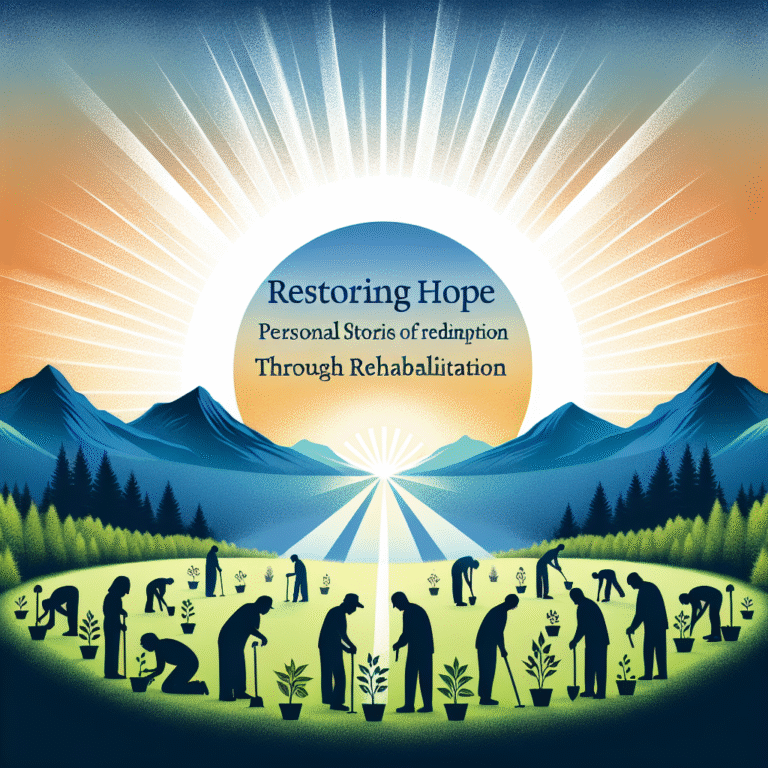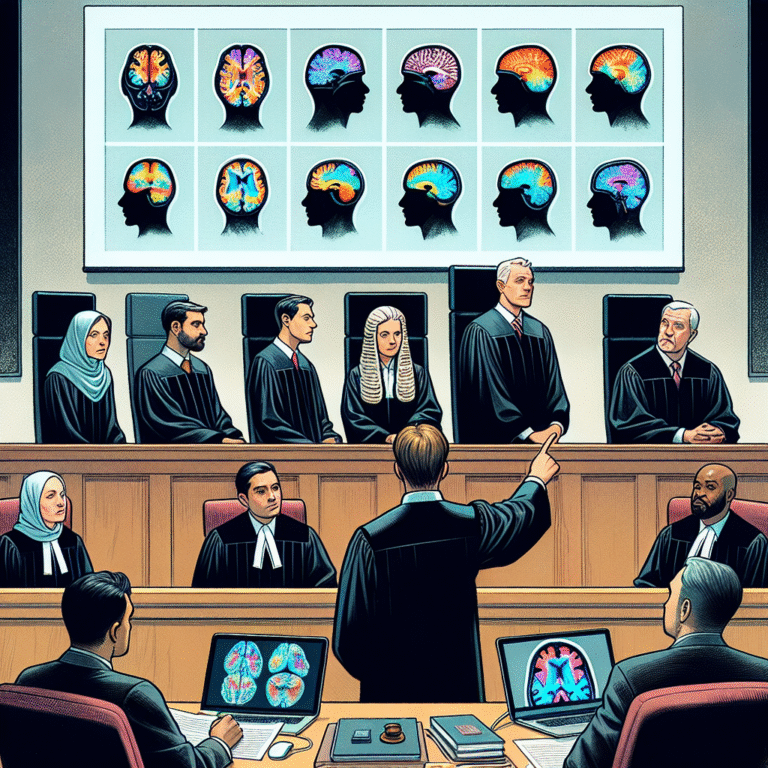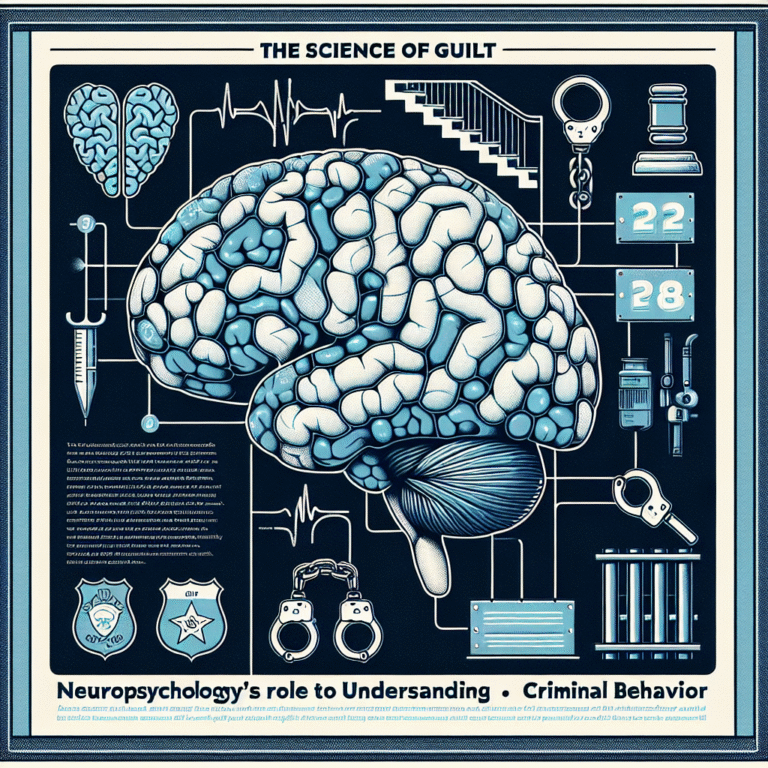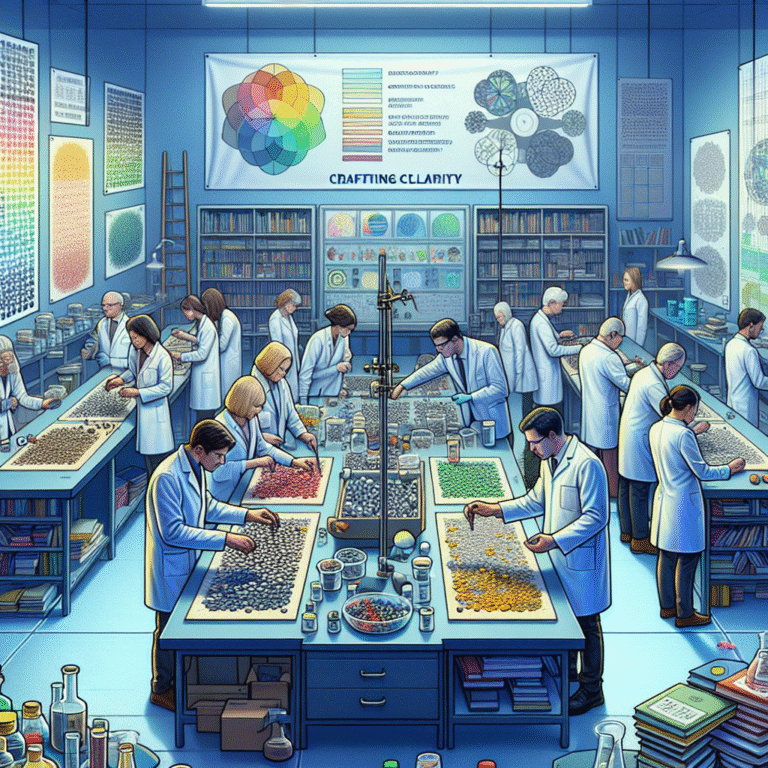Introduction
In an era defined by rapid technological advancement, the age-old quest for truth has taken on new dimensions. The ability to discern fact from fiction has never been more crucial, whether in personal relationships, corporate environments, or matters of national security. As lies and misinformation proliferate, the question arises: Truth or Tale? How Technology is Revolutionizing Deception Detection. This article delves deep into the groundbreaking technologies that are reshaping how we detect deception, offering insights, case studies, and expert analysis.
The Need for Deception Detection
The Rise of Deception in a Digital World
In our hyper-connected world, information travels at lightning speed. Social media platforms can amplify even the most fantastical tales, making it increasingly difficult to identify the truth. Organizations, governments, and individuals are left grappling with the implications of misinformation. This rising trend has created an urgent demand for efficient deception detection technologies that can accurately differentiate between truth and lies.
Understanding Deception
At its core, deception is a complex psychological phenomenon that can manifest in various forms—lies, exaggerations, and half-truths. Distinguishing deceitful communication from honest discourse requires a nuanced understanding of human behavior, making the integration of technology in this field not only beneficial but essential.
How Technology is Transforming Deception Detection
AI and Machine Learning
Artificial Intelligence (AI) and Machine Learning (ML) have emerged as game-changers in the realm of deception detection. By analyzing vast amounts of data, these technologies can identify patterns and discrepancies that humans might overlook.
Case Study: The Use of AI in Fraud Detection
One prominent case showing the effectiveness of AI in deception detection comes from the financial sector. Banks like JPMorgan Chase use AI algorithms to analyze transaction data. If patterns deviate from established norms—like sudden large withdrawals—the technology flags these activities for further investigation. This proactive approach not only saves money but also helps maintain public trust.
Natural Language Processing (NLP)
Natural Language Processing is another critical technology reshaping how we detect deception. By examining word choice, sentence structure, and even emotional tone, NLP algorithms can assess whether an individual might be being dishonest.
Case Study: NLP in Legal Investigations
Law enforcement agencies, such as the FBI, have begun utilizing NLP technologies to analyze interview transcripts. Algorithms can evaluate language cues that may indicate deception, allowing investigators to focus on certain statements or individuals for deeper scrutiny. The results have shown a marked improvement in investigative efficiency.
Biometric Analysis
Biometric technologies, including facial recognition and voice analysis, also contribute significantly to deception detection. These systems can analyze micro-expressions and vocal tremors that may indicate dishonesty.
Case Study: Facial Recognition in Security
Security agencies globally have integrated facial recognition systems to flag individuals showing deceptive behavior. In airports, for example, these technologies can analyze passengers’ faces to identify signs of stress or discomfort that could indicate malintent, enhancing overall security measures.
Blockchain Technology
While primarily known for its role in cryptocurrencies, blockchain technology can also play a role in deception detection. By providing transparent and tamper-proof records, blockchain ensures that claims and transactions are verifiable.
Case Study: Supply Chain Transparency
Companies like IBM are using blockchain to maintain transparency in their supply chains. By allowing customers to trace product origins and verify claims, brands can combat deceptive marketing and foster consumer trust.
The Future of Deception Detection
Ethical Implications
As technology advances, ethical considerations must be at the forefront. Questions arise about privacy, consent, and the potential for misuse. Striking a balance between effective deception detection and individual rights remains a challenge.
The Role of Human Oversight
While technological advancements are promising, human intuition and critical thinking will continue to play essential roles in deception detection. The collaboration between machines and humans is critical for achieving the most accurate results.
Conclusion
As we navigate a landscape rife with misinformation, the question of Truth or Tale? How Technology is Revolutionizing Deception Detection becomes more pressing. With advances in AI, NLP, biometric analysis, and blockchain, the toolkit for discerning fact from fiction expands. However, it’s imperative that we approach these technologies with a critical eye, ensuring that ethics guide their development. The future of deception detection is collaborative, where technology and human insight work hand in hand to uphold integrity in communication.
FAQs
1. How is AI used in deception detection?
AI analyzes large datasets to identify patterns of behavior that may indicate deceit. Institutions such as banks use AI for fraud detection by flagging unusual transaction activities.
2. What role does natural language processing play in this field?
NLP assesses language and communication cues for potential dishonesty by examining word choice, tone, and sentence structure.
3. Can biometric analysis accurately detect lies?
While biometric technologies can provide insights based on physical cues, they are most effective when combined with other methods and human judgment.
4. What are the ethical concerns surrounding deception detection technology?
Key concerns include privacy rights, potential misuse of technology, and the consequences of false positives in judgment.
5. How can companies leverage these technologies to build consumer trust?
By integrating transparent verification systems—such as blockchain—companies can ensure their claims are substantiated, thus fostering brand loyalty and trust among consumers.
By harnessing these revolutionary tools, we can create a narrative rooted in truth, distinguishing the genuine from the deceptive in our increasingly complex world. As technology continues to develop, so too will our ability to uncover reality behind the tales we encounter, ensuring that honesty prevails in every aspect of life.
















